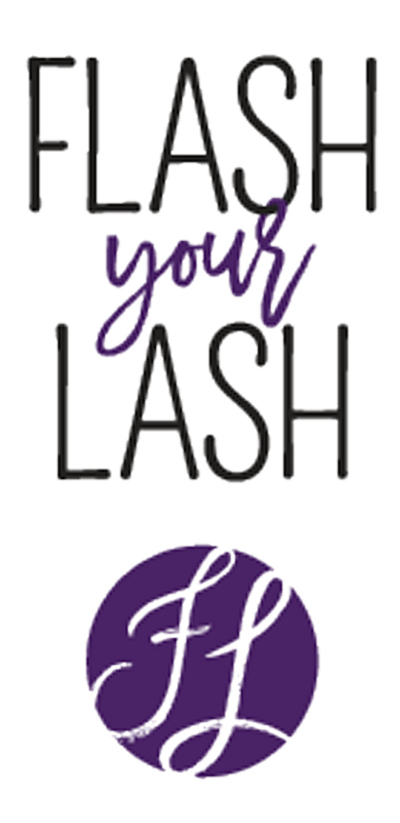For the longest lasting, most gorgeous results, follow these directions closely
POST-TREATMENT INSTRUCTIONS
Permanent makeup procedures are affected by the “canvas” (your skin) that they are performed on. Lifestyle, medications, smoking, health, metabolism, facial surgery, sun exposure, and age of skin all contribute to retention and how it ages in the skin. The initial application is always applied conservatively because every person’s skin is unique and the final color can only be precisely determined and adjusted during a follow-up appointment after the initial application has fully healed. Because of this, the micropigmentation process is not complete after the initial procedure. In all cases, a follow-up appointment is required approximately 6-12 weeks after your initial application depending on the skin, to fine tune and ensure the best result.
WHAT TO DO:
DAY 1: Relax
For the first 24 hours, let brows relax and do nothing.
Days 2-7: Wash
Wash daily to remove bacteria, build up of product and oils, and dead skin. (Don’t worry, THIS DOES NOT REMOVE THE PIGMENT!)
Gently wash your eyebrows each morning and night with water and an antibacterial soap like Cetaphil or Neutrogena. With a very light touch, use your fingertips to gently cleanse the eyebrows. Rub the area in a smooth motion for 10 seconds and rinse with water ensuring that all soap is rinsed away. To dry, gently pat with a clean cotton pad. DO NOT use any cleansing products containing acids (glycolic, lactic, or AHA), or exfoliants.
Days 1-7 Moisturize
Apply a rice grain amount of aftercare ointment with a cotton swab and spread it across the treated area. Be sure not to over-apply, as this will suffocate your skin and delay healing. The ointment should be barely noticeable on the skin. NEVER put the ointment on a wet or damp tattoo.
Remember, with the proper prep and aftercare routine, you will have much better results with your microblading procedure. We cannot guarantee results if you do not take care of your brows.
IMPORTANT NOTE ABOUT SHOWERING
- If you are experiencing a large amount of swelling, you can ice the Treatment Area. Applying ice following your procedure also help to prevent bruising from occurring. A bag of frozen peas works nicely to keep the area cool. Make sure there is a cloth barrier between the skin and the ice. Especially lips.
- No Exercise for 24 to 48 Hours. Exercise is great for your health and well-being but is not advised in the day or two following your cosmetic treatment. Physical activity increases your heart rate, blood pressure and blood flow. Minimal blood flow allows damaged capillaries to repair faster. Sweat can also interfere with the healing process. For this reason I try to have clients avoid exercise for 5-7 days post treatment if possible.
- Prop With a Pillow. When going to bed the evening of your treatment, use an extra pillow to keep your head elevated. This will help to reduce swelling
- No makeup in the brows for 10 days
- No Scratching or picking the brows
- No long hot showers for 10 days, limit to 5-8 minutes
- No use of acid or manual exfoliants
- No use of any topicals other than healing cream
- No sweating in brows for 10 days
- No swimming or sauna for 10 days
- No UV exposure or tanning
- No acne products or hydroxy acids
- No laser light therapy
- No facials for 30 days
- No threading, waxing or removal products
It is important that you follow the steps provided below. Failing to do so may result in excessive bleeding and loss of deposited color.
- NO SAUNA OR TANNING 1 WEEK PRIOR
- YOU CANNOT BE PREGNANT OR BREAST FEEDING
- NO ALCOHOL 24 HOURS PRIOR
- NO MINORS ALLOWED AT APPOINTMENTS (18+)
- COME WITH CLEAN SKIN, NO HEAVY CREAMS OR SUNSCREEN DAY OF
- NO WORKING OUT DAY OF
- NO CAFFEINE THE DAY OF
- NO BLOOD THINNERS INCLUDING PAIN KILLERS
- DISCONTINUE USE OF FISH OIL OR VITAMIN E AT LEAST ONE WEEK PRIOR
- NO BOTOX INJECTIONS 3 WEEKS PRIOR TO PROCEDURE IN BROW AREA ONLY
- NO DEEP EXFOLIATION 2 WEEKS PRIOR IN BROW AREA (EX. CHEMICAL PEEL)
- NO RETINOL PRODUCTS, ACNE TREATMENTS OR SALICYLIC ACID 4 WEEKS PRIOR IN BROW AREA
- NO ANTIBIOTICS 2 MONTHS PRIOR
EYELINER TATTOO AFTERCARE
LIP TATTOO AFTERCARE
Do not apply anything besides Microbalm ointment (no Vaseline, antibiotic creams, aquaphor etc). Following the procedure, do not use creams that contain acids or ingredients that will lighten or exfoliate the skin. Touch ups (if needed) can be done no sooner than 8 weeks after the original appointment.
Day 1 (Day of the Procedure)
It is very important to remove the lymph fluid from the surface of the skin in order to avoid heavy scabbing. Before bed, if the lips still have some dry lymph, rinse with lukewarm water, gently removing the dry lymph, pat dry and apply Aquaphor Healing Ointment. Sometimes the lips can bruise even after the procedure. Bruising will subside within 24 hours post procedure.
Day 2 – 7
During Day 1 to Day 7 (or until the scabs are gone)
Please Avoid:
- Water (on the PMU area) aside from cleaning them
- Makeup
- Excessive sweating
- Sauna
- Pools
- Sunbathing
- Spicy food
- Kissing
COSMETIC TATTOOS NORMALLY LAST 1-3 YEARS DEPENDING ON LIFESTYLE, SKIN TYPE AND AFTERCARE.
EXPOSURE TO THE SUN AND TANNING BEDS CAN CAUSE FADING AND DISCOLORATION OF THE PIGMENT. ONCE COMPLETELY HEALED, ALWAYS APPLY SUNSCREEN (50 SPF OR GREATER) ON BROW AREA.
AVOID USING CHEMICAL EXFOLIANTS ON THE BROWS, AS IT WILL CAUSE FADING.
DO NOT DO LASER NEAR YOUR BROW AREA (IPL). SOME LASERS MAY CHANGE THE COLOR OF THE INK.
ADDITIONAL BROW MAKEUP APPLICATION MAY STILL BE REQUIRED POST TATTOO TO ACHIEVE YOUR DESIRED LOOK.
7 FACTORS THAT AFFECT PERMANENT MAKE-UP HEALING
Nutrition: Proper nutrition is vital to optimal healing. A wound is unable to heal properly if you lack the necessary nutrients for cell repair and growth.
Obesity: Anyone surpassing their ideal body weight by 20% or more has a greater risk of infection when healing a wound.
Repeated Trauma: If you have multiple wounds or have undergone a severe trauma (e.g. surgery) your body’s defense mechanisms will be limited and slow wound repair.
Skin Moisture: Skin needs an adequate amount of fluid and moisture to be viable. If you’re prone to dry skin (especially common in the elderly) you may be at risk for skin lesions, infection, and thickening, which will all impair wound healing. On the flip side, if the skin is too wet, you’re at risk for developing maceration and/or infections, so maintaining an optimal level of skin moisture is imperative for healing wounds.
Chronic Conditions: Chronic diseases have a direct impact on the body’s natural ability to heal. Cardiovascular conditions are among the most detrimental, but diabetes and immunodeficiency conditions can also slow wound repair.
Medication: Prescription medications can have a negative effect on healing. For instance, according to the American Academy of Orthopaedic Surgeons, nonsteroidal anti-inflammatory drugs often prescribed for arthritis and found over the counter as aspirin and ibuprofen, can interfere with the inflammation stage of the healing process. Anticoagulants have the capacity to disrupt blood clotting, while immunosuppressants may weaken the immune system and enhance the risk of infection.
fill out the form to
Ask Us Anything

-
3530 Bee Caves RD, Suite 217,
West Lake Hills, TX 78746 - (512) 584-3062
- flashyourlashatx@gmail.com
- Mon - Sun: 10:00AM - 6:00PM
